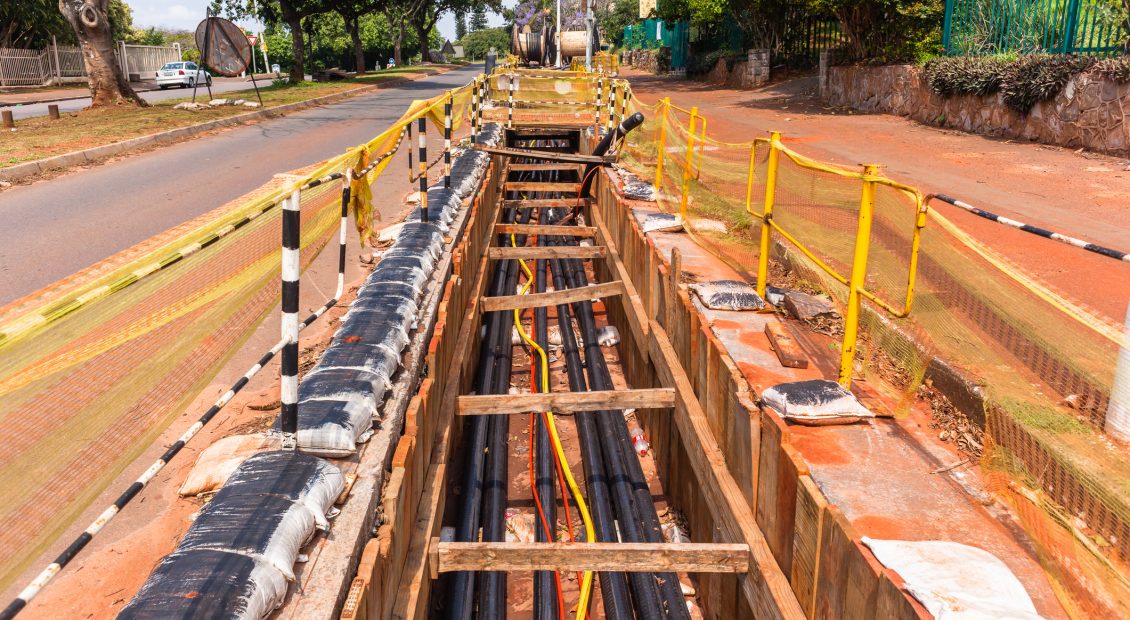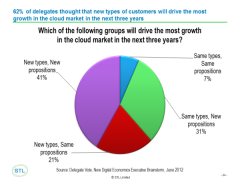Telco Cloud Deployment Tracker: Will vRAN eclipse pure open RAN?
In this update, we present data and analysis on progress with deployments of vRAN and open RAN. It is fair to say that open RAN (virtualised AND disaggregated RAN) deployments have not happened at the pace that STL Partners and many others had forecast. In parallel, some very significant deployments and developments are occurring with vRAN (virtualised NOT disaggregated RAN). Is open RAN a networking ideal that is not yet, or never will be, deployed in its purest form?





